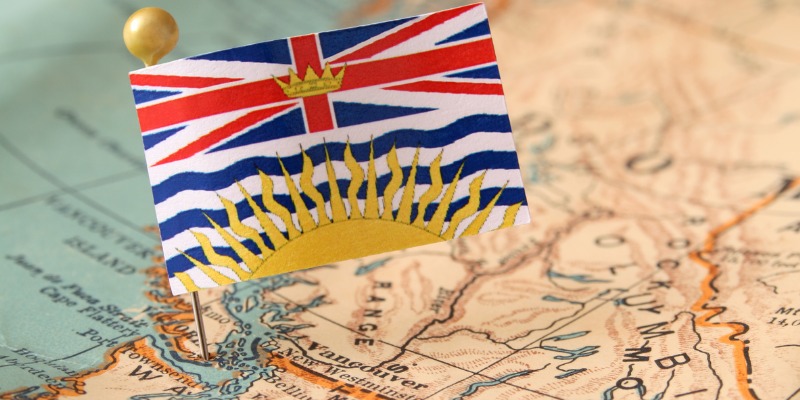British Columbia faces several daunting fiscal challenges

As the race to choose a successor to outgoing NDP Premier John Horgan continues, it’s useful to consider the state of British Columbia’s government finances and the challenges this may present for the next premier. At first glance, B.C. looks to be in decent fiscal shape.
Last month, the Ministry of Finance released the first quarterly report for 2022-23, showing a revised $706 million operating surplus for the full fiscal year. This compares to the whopping $9 billion deficit anticipated when Budget 2022 was tabled in February. For the previous 2021-22 fiscal year, the province posted a $1.3 billion surplus, also far better than the $9.7 billion deficit expected back in February 2021.
However, even with these slim budget surpluses, B.C.’s net debt is still marching higher due to significant borrowing to fund the many projects in the government’s capital plan, which is reported and managed separately from its operating budget. Measured against the size of its economy (GDP), the province’s net debt is now falling—on track to hit 17 per cent of GDP this year. While higher than a few years ago, this is low by the standards of most other provinces.
How has B.C. managed to post small back-to-back surpluses at a time when COVID-19 is still circulating in much of the world and many jurisdictions are struggling with large government deficits? For the most part, the answer lies in the unusually strong economic rebound that began in mid-2020 and continued through the first half of 2022.
After slumping in 2020, B.C.’s economy revived briskly, with overall activity increasing by 13.8 per cent in 2021, followed by an anticipated 11.6 per cent advance in 2022. The recovering economy has delivered a substantial—but likely short-term—boost to several key provincial government revenue streams, notably income, sales and real estate transaction taxes. Natural resource revenues and federal cash transfers are also higher than the government assumed in its 2022 budget. The updated numbers show total revenues up almost $9 billion compared to what was expected in February 2022.
The outsized revenue increases reflect not just an improving economy but also the impact of much higher inflation, which in B.C. has been running near 7 per cent versus a little over 2 per cent in the pre-pandemic period. Unanticipated inflation surges hurt most households and businesses, but they can be a temporary godsend for finance ministers because of the associated lift they give to government revenues.
Looking ahead to the budgets the current government will develop over the balance of its term, there are several reasons for caution.
First, the government forecasts a deficit of almost $4 billion in 2023-24 followed by another $2 billion of red ink in 2024-25. In part, this speaks to the consequences of a slowing global economy and a probable Canadian recession in 2023. The most recent forecast from RBC Economics has B.C. barely eking out any growth next year. A weaker economy will dampen government revenues and potentially push spending higher in certain program areas.
Second, payroll costs across the broad provincial government sector are poised to increase sharply as the NDP government concludes new collective agreements covering more than 300,000 unionized employees (plus a smaller number of government-sector workers who are not union members). More than half of all B.C. government program spending is used to pay the wages/salaries and finance the generous benefits of government-sector employees. Based on recent inflation readings and the demands tabled by the unions, it’s a safe bet that total payroll costs will rise by more than the government projected in its 2022 budget. If so, this will put additional upward pressure on spending in 2023 and beyond.
Finally, there’s the fiscal impact of demographic change, particularly the province’s aging population. This important topic was explored in a November 2021 report, The Implications for an Aging Population for Government Finances in British Columbia. Seniors now comprise roughly one-fifth of B.C.’s population, a share that’s forecast to reach 26 per cent within the next two decades. Population aging will drive future increases in health-care spending while also reducing potential economic growth. Both of these forces will squeeze government finances, leaving the province in a more precarious fiscal position in the future.
To avoid an unhappy scenario of chronic deficits and rising taxes, B.C. policymakers should consider major policy reforms designed to contain spending and increase the provincial economy’s growth rate. Perhaps this daunting task will be taken up by the next B.C. premier.

